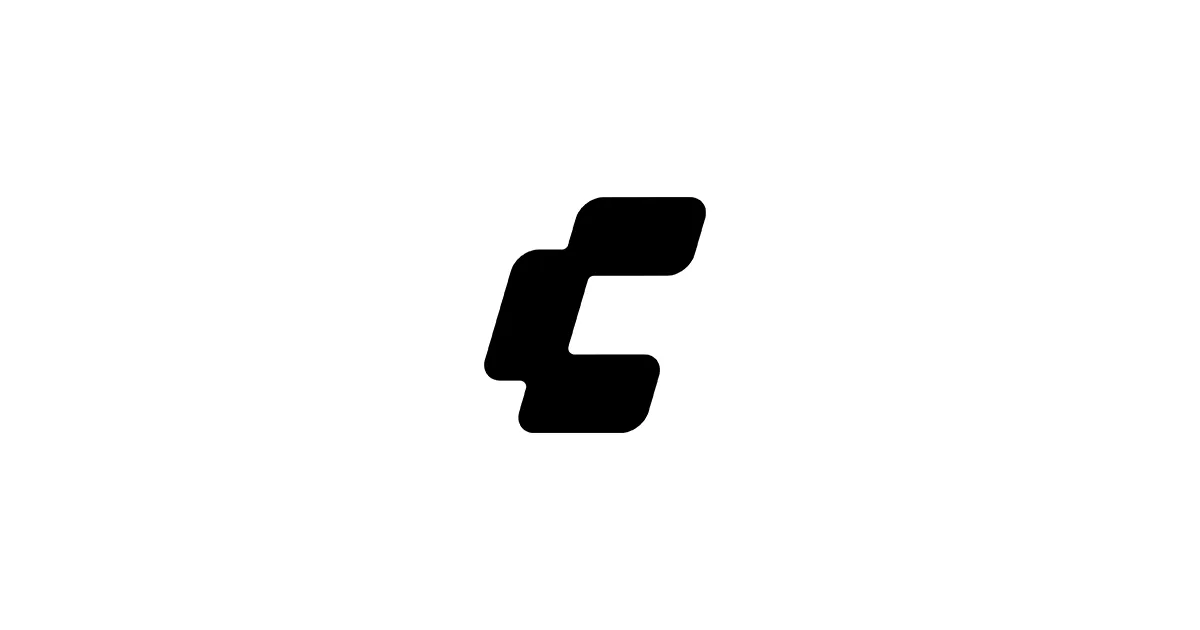📌 Introduction
ComfyUI is one of the most powerful node-based interfaces for creating AI image workflows with Stable Diffusion. But here’s the thing: many users are unsure whether they should use ComfyUI Portable or ComfyUI Desktop. Both versions offer the same core features but differ in installation, portability, updates, and system integration.
This guide will help you choose the right version by comparing:
- Installation & setup — which is easier?
- File structure and portability — can you move it around?
- Performance & updates — do they perform differently?
- Pros and cons — the honest truth
- Use cases for beginners and advanced users — who should pick what
✅ What is ComfyUI Portable?
ComfyUI Portable is a standalone version that doesn’t require installation — you can download, extract, and run it directly. Everything, including Python, dependencies, configs, custom nodes, and models can stay inside one folder. This makes it ideal for:
- Users who want a plug-and-play solution
- Running ComfyUI from an external SSD/USB drive
- Keeping multiple separate ComfyUI setups
- Avoiding admin permissions or complex setups
📁 Folder Structure (Typical Portable Setup):
ComfyUI_Portable/├─ python_embeded/├─ ComfyUI/├─ models/├─ custom_nodes/└─ run_nvidia_gpu.bat✅ Advantages:
- No installation required
- Fully self-contained and movable
- Easy to back up or duplicate
- Great for trying different workflows/mod setups
❌ Disadvantages:
- Larger file size (includes Python & dependencies)
- Manual updates required
- Can get messy if not organized
💻 What is ComfyUI Desktop?
ComfyUI Desktop is a more integrated version designed for users who want automatic setup, a cleaner interface, and Windows system integration — basically, if you want it to feel like “normal” software, this is your pick.
🔹 Features include:
- Installer or precompiled executable
- Automatic updates in some builds
- Desktop icon & Start menu integration
- Cleaner interface with minimal setup steps
💡 Best for:
- Beginners who want a simple installation
- Users who prefer a “normal software” experience
- People who use one stable setup rather than multiple variations
❌ Downsides:
- Less portable – not ideal for USB/external drive usage
- Harder to duplicate configurations
- Updating custom nodes can cause conflicts if not managed properly
⚙️ Installation & Setup Comparison
| Feature | ComfyUI Portable | ComfyUI Desktop |
|---|---|---|
| Installation | Extract & run (no admin rights) | Installer or .exe installation |
| Python Required | Included internally | Installed on system |
| Portability | ✅ Fully portable | ❌ Tied to system |
| Updates | Manual | Sometimes automatic |
| Folder Management | All in one folder | System directory & AppData |
⚡ Performance & Updates
Here’s the good news: Performance in both versions is technically the same, since both use the same ComfyUI engine. The difference lies in system overhead and updates — that’s where they diverge.
| Aspect | Portable | Desktop |
|---|---|---|
| GPU Performance | ✅ Same as Desktop | ✅ Same as Portable |
| Update Method | Manual (replace files) | Can be automatic in some builds |
| System Cleanup | Easy – delete folder | Harder – registry & AppData remain |
🟢 Pros & Cons Overview
✅ ComfyUI Portable – Pros
- No installation or admin rights needed
- Fully self-contained & easy to back up
- Can run from external drives
- Ideal for modding & multiple configurations
❌ ComfyUI Portable – Cons
- Manual updates
- Heavier folder size
- Can become disorganized without structure
✅ ComfyUI Desktop – Pros
- Easy installation (installer/exe)
- Feels like native software
- Cleaner for beginners
- Desktop/start menu integration
❌ ComfyUI Desktop – Cons
- Not portable
- Harder to transfer to another PC
- Custom node updates can cause system conflicts
🎯 Which One Should You Use?
| If You… | Best Choice |
|---|---|
| Want plug-and-play with no installation | Portable |
| Prefer a clean desktop application | Desktop |
| Travel or use multiple PCs | Portable |
| Only need one stable installation | Desktop |
| Love modding & trying workflows | Portable |
❓ FAQ
1. Does Portable run slower than Desktop?
No – performance is identical. Both versions use the same ComfyUI backend and GPU acceleration.
2. Can I move my Desktop version to another PC?
Not easily. You’d need to reinstall. Portable works instantly on another PC.
3. Can I use models in both versions?
Yes, both use the same /models/ folder structure (checkpoints, LoRAs, embeddings, etc.).
4. Which version is better for beginners?
ComfyUI Desktop – easier to install and update.
5. Which version do power users prefer?
ComfyUI Portable – more flexible and customizable.
🧠 Final Thoughts
Both versions of ComfyUI are excellent – the choice really depends on how you work. If you value flexibility, portability, and full control, go with ComfyUI Portable. If you prefer a stable, set-and-forget installation, ComfyUI Desktop is the better option. There’s no wrong answer here, just different preferences.
Related Guides
- FLUX in ComfyUI: /blog/flux-comfyui-guide
- TeaCache with ComfyUI: /blog/teacache-with-comfyui
- SDXL Best Practices: /blog/sdxl-best-practices-guide
- Stable Diffusion Prompting: /blog/stable-diffusion-prompting-guide
